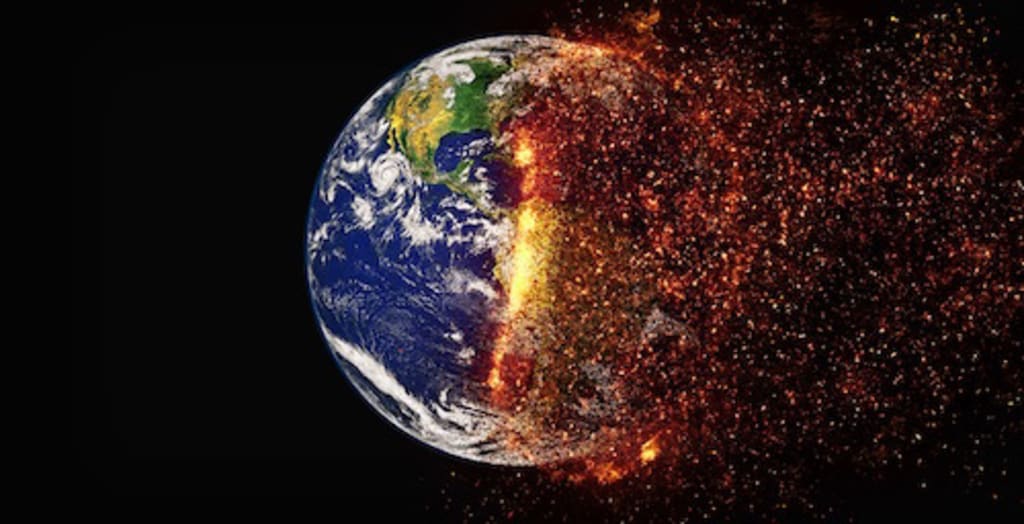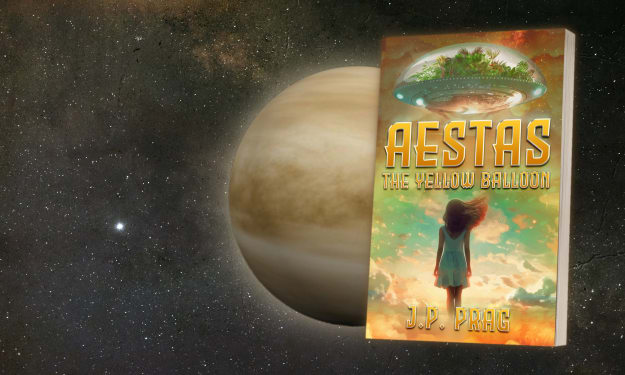
How would you imagine a world with parlous storms, extinct animals, and severe droughts? It may be hard to picture Earth as a barren wasteland with increasingly harsh hurricanes and floods, but it's soon becoming a reality. Warming temperatures can have dire consequences for life on Earth, and our world will never be the same again.
Climate change is caused by the emission of greenhouse gases—such as carbon dioxide. Greenhouse gases trap heat in the atmosphere, making the Earth’s temperature rise. The Earth is like a giant greenhouse. The energy from the sun warms up the Earth. About half of the energy from the sun is able to reach through the atmosphere to pass through the air and clouds to the surface of Earth. Then it is absorbed and radiated back upwards in the form of infrared heat. Greenhouse gases in the Earth's atmosphere absorb the heat and radiate it back to Earth. Too many greenhouse gases in the atmosphere prevent the heat from Earth to radiate back into the atmosphere. Therefore, this heat is trapped inside the atmosphere of Earth, which causes global warming.
The average global temperature has increased dramatically over the past 50 years, and it has at the fastest rate recorded in history. The evidence of climate change and the consequences of it are all around us.
A small rise in global temperatures can be responsible for warming oceans, shrinking ice, glacier retreats, rising water levels, and natural disasters. Antarctic ice sheets have decreased by 152 cubic kilometers, and glaciers are retreating all over the world. The melting ice leads to a rise of sea levels and the global sea levels have risen eight inches in the last century. The rate at which sea levels of the last two decades have risen is nearly double the rate of the last century. Moreover, natural disasters, such as floods and storms, are terrible outcomes of global warming.
Ravaging hurricanes such as Harvey, Maria, Jose, and Irma of 2017 have already left punishing damage behind. Scientists believe the reason these hurricanes stayed intact on land for so long was due to rising temperatures from global warming. Hurricanes form over warm ocean waters, and they draw power from hot air evaporating upwards. The heat from oceans where the hurricanes form also helps them to gain momentum as they near the shore. Additionally, warm air is able to hold more water and the heat contributes to the extreme rainfall that hurricane Harvey brought. The Earth’s ocean temperatures are steadily rising, giving more opportunities for hurricanes to form. Climatologist and oceanographer Stefan Rahmstorf said, “Its [Harvey’s] impacts—especially the extreme rainfall—very likely worsened due to human-caused global warming.”
Global warming is a substantial problem that is getting worse every day. Humans are the main cause of climate change, and it is putting the Earth into great danger. The United States is one of the leading polluters of carbon dioxide, and we need to take responsibility for our environment.
If we want to keep Earth as we know it, we must step up and take climate change head-on.
Climate change is a complex issue that we are facing. It involves many fields to solve, including science, economics, politics, and ethics. Carbon dioxide, which is responsible for driving global warming, lingers in the atmosphere for hundreds of years. Even if we stopped emitting greenhouse gases today, climate change will still affect the Earth. Therefore, climate change cannot be fixed completely.
Mitigation and adaptation are two ways that can help with global warming. Mitigation means to reduce the number of greenhouse gases we are releasing into the atmosphere. Mitigation involves reducing the source of greenhouse gases, such as burning fossil fuels, or by enhancing the places that accumulate and store greenhouse gases, such as oceans and soil. The purpose of mitigation is to stabilize greenhouse gases so that the environment can naturally adapt to climate change.
Adaptation means to adapt our lives to a changing climate by adjusting to expected climate change in the future. The purpose of adaptation is to reduce our vulnerability to the extreme effects of climate change. We have to be able to cope with the changes in climate. Earth’s climate has been stable for the past 12,000 years, which gives way to our modern way of living. With the changing climate, we must be able to cope with it. Although global warming is happening all over the world, it is felt on a local scale. Different cities and provinces must be able to adapt and do what is best for them, such as installing flood defenses and plans for heatwaves and droughts.
Adaptation can also be used on a personal level. People can change their lifestyles to help with climate change. This includes biking instead of driving, reducing energy use, consuming less, and growing more plants. Every person trying to help with global warming takes us a step closer to solving this issue. Little by little, we can do our part to help the Earth and conserve the beautiful environment we live in.






Comments
There are no comments for this story
Be the first to respond and start the conversation.